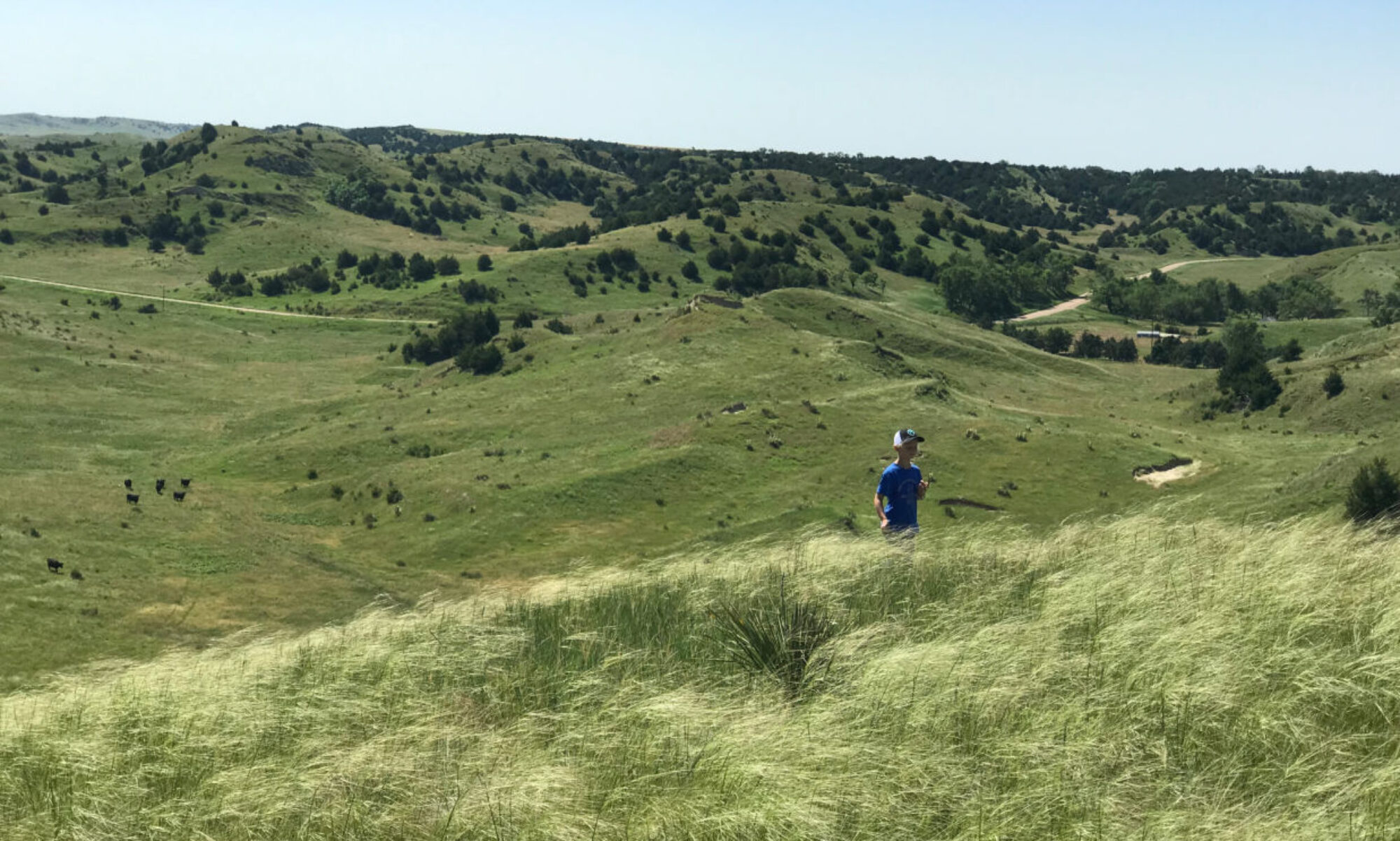E. B. “Andy” White (1899-1985), acclaimed writer for The New Yorker magazine and author of such classics as Charlotte’s Web, Stuart Little, and The Elements of Style (with his former professor, William Strunk) had graduated at the top of his class at Cornell but could not land a job in New York in his field of journalism or anything else. So he bided his time typing out poems, short stories, and letters on his Corona typewriter hoping that he could launch a career in writing.
 He finally found a job doing publicity work for the American Legion News Service in 1921 but hated the job. Never one to keep set hours, White felt that the job did not give him time to develop as a writer with his own voice. The final blow to his position came when he discovered that the more experienced writers he wanted to emulate despised public relations workers. Publicity was considered to be a newly invented and overpaid occupation that caused its practitioners to compromise their souls when the company forced them to spout the party line.
He finally found a job doing publicity work for the American Legion News Service in 1921 but hated the job. Never one to keep set hours, White felt that the job did not give him time to develop as a writer with his own voice. The final blow to his position came when he discovered that the more experienced writers he wanted to emulate despised public relations workers. Publicity was considered to be a newly invented and overpaid occupation that caused its practitioners to compromise their souls when the company forced them to spout the party line.
Early in 1922, White drew $400 out of savings and bought a Ford Model T roadster. He conspired with his friend, and Cornell dropout, Howard Cushman, to quit their dreary jobs in the city and make a road trip west–across the United States. They did not have nearly enough money to make the trip so they planned to take their Corona typewriters and write stories and travelogues for their daily bread and, failing that, do any odd jobs that were available for the next sack of groceries and tank of gas.
In the early 1920s, the vast network of highways that we associate with modern American culture did not yet exist. In one great stretch of the trip–the 1400 miles from Minneapolis to Spokane that eventually landed them in Seattle–there were no paved roads. They drove across North Dakota prairie land mostly in wheel ruts, somehow called a highway, surrounded by tall grasses that obscured their side view. Even the more “developed” states had concrete roads that were more like one-lane sidewalks. When two automobiles came directly toward one another, one had to yield and pull over to the dirt track that ran parallel to the paved road.
One day White and Cushman drove into Lexington, Kentucky and decided to experience something that undoubtedly had been on their bucket list: to bet on a horse race. They each had $2 to bet. Cushman was more thoughtful than White and studied the steeds carefully and decided to bet on the favorite. White was more intuitive and chose his horse based on his fondness for its name: Auntie Mae. A 12-1 underdog, the laconic and bedraggled Auntie Mae looked completely out of place among the other spirited contestants but miraculously prevailed while Cushman’s horse did not even place. White won the enormous sum of $24.
White learned about the dangers of overweening beginner’s luck the hard way. He and Cushman decided to drive to Louisville and take in the 1922 Kentucky Derby. This time each invested six dollars using White’s fail-safe system. At the end of the day, White had sixty cents left and Cushman lost the entire wad. What to do? White pulled out his Corona typewriter and composed a sonnet memorializing the winning horse, called Morvich, that had broken their hearts. He drove to the office of the Louisville Herald and sold the sonnet to the editor for five dollars. The next morning White and Cushman saw the poem that helped them recoup their losses displayed prominently on the front page.
White wrote to his girlfriend, Alice: “I now claim the distinction of being the only person that ever wrote a sonnet to a race horse and got away with it.”



